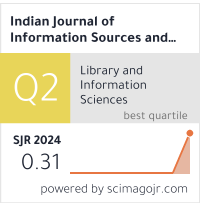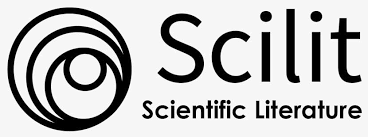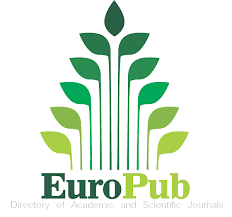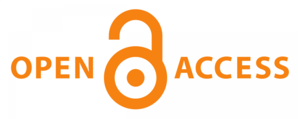The Role of AI and Legal Linguistics in Ensuring Compliance with Language Requirements in International Law
DOI:
https://doi.org/10.51983/ijiss-2025.IJISS.15.2.03Keywords:
Artificial Intelligence, Legal Linguistics, Natural Language Processing, Legal Translation, International Law, Machine Translation, Multilingualism, Legal Compliance, Legal Communication, AI EthicsAbstract
The integration of Artificial Intelligence (AI) into international law has resulted in significant advancements, particularly in ensuring compliance with language requirements in legal documents. This article investigates the intersection of AI, especially Natural Language Processing (NLP), and legal linguistics to address challenges in multilingual legal communication and interpretation. The study critically analyzes how AI tools improve the accuracy, consistency, and legal validity of international legal texts. The paper examines the limitations of NLP models, noting their difficulty in managing complex legal terminologies and their dependence on contextual accuracy. The discussion highlights the intercultural complexities faced during legal translation and the socio-legal and ethical considerations that emerge when AI is integrated into legal workflows. Furthermore, the role of digital tools, including institutional repositories and online legal databases, is emphasized as a critical factor in facilitating legal knowledge dissemination and standardization. While AI-driven NLP and machine translation have improved the speed and accessibility of legal information, the findings suggest that these technologies alone are insufficient for meeting the precision required by legal texts. The paper concludes by advocating for a hybrid model, combining AI tools with human legal expertise to achieve higher quality, culturally sensitive, and legally valid translations and interpretations within international legal frameworks.
Downloads
Published
How to Cite
Issue
Section
License
Copyright (c) 2025 The Research Publication

This work is licensed under a Creative Commons Attribution-NonCommercial-NoDerivatives 4.0 International License.









